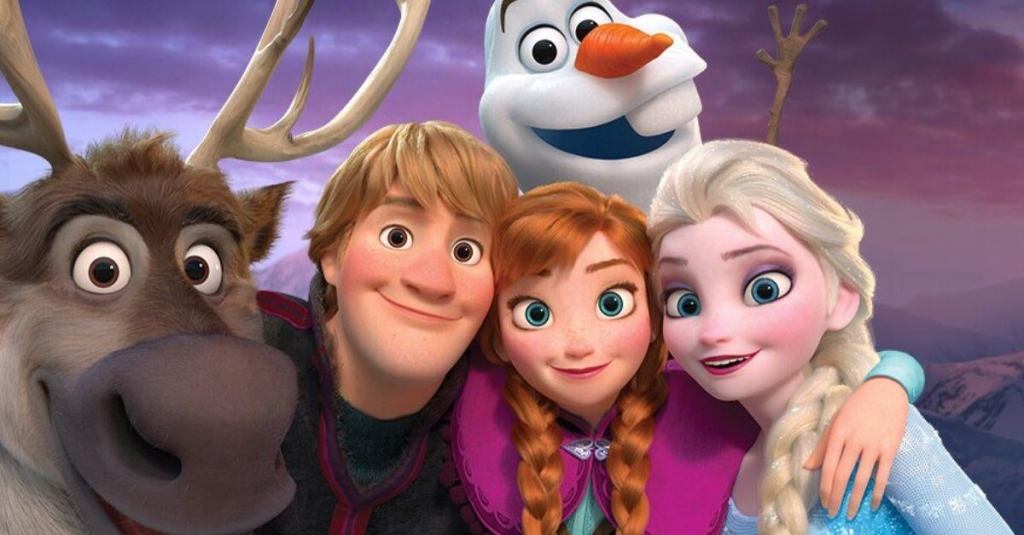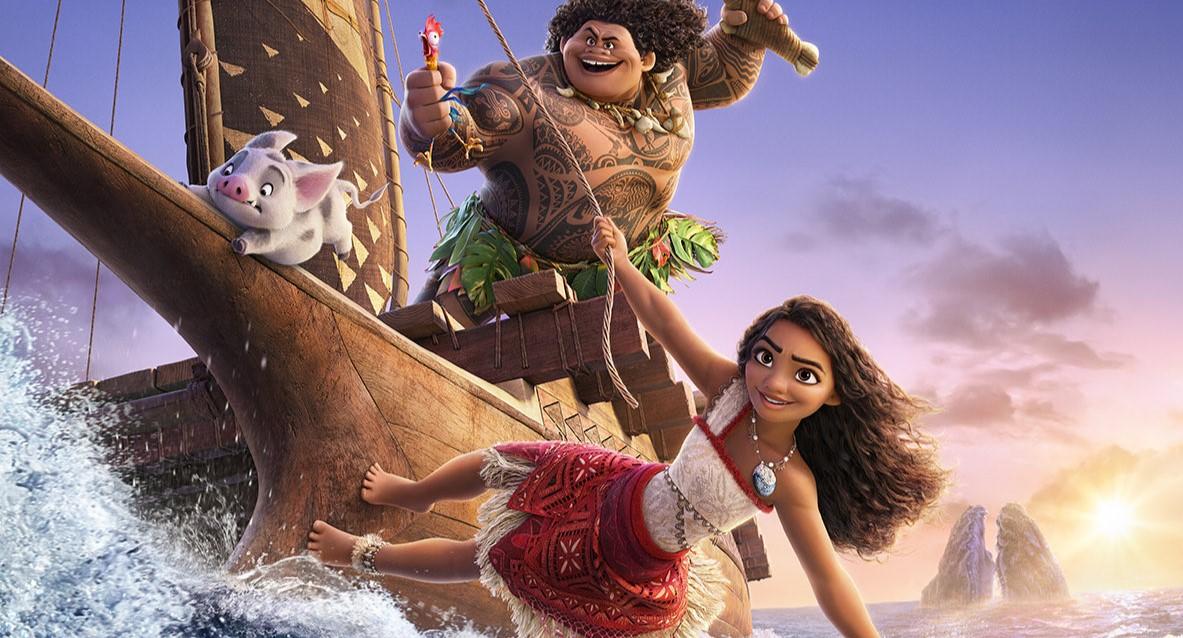Many people consider any animated feature a “Disney” movie. Of course, that’s deeply untrue. Even within the realm of animated motion pictures released by Disney, there are different classifications. Specifically, only 62 movies (soon to be 63 with Moana 2) comprise what’s known as the Walt Disney Animation Studios canon. This strain of cinema starts with Snow White and the Seven Dwarfs in 1937 and stretches all the way to Wish in 2023. Several animated features released by Disney (namely The Nightmare Before Christmas, The Wild, and Ron’s Gone Wrong, among many others) are not part of that canon.
Videos by ComicBook.com
To be included, a feature would have to be made at Walt Disney Animation Studios or, in the case of 2000’s Dinosaur, grandfathered in at a later date. For the longest time, another unofficial qualification was that this canon only included original films. With Moana 2 and Zootopia 2 on the horizon, it’s clear that’s no longer true. But across all 62 movies in the Disney Animation canon…just how many are sequels?
What are the Official Disney Animation Canon Sequels?

In November 1990, The Rescuers Down Under hit theaters as the first proper sequel in the Disney Animation canon. On the surface, that might sound like an odd choice given that The Rescuers isn’t as immediately tremendous in pop culture compared to, say, The Lion King or Frozen. However, the original Rescuers was based on a 1959 book by Margery Sharp that inspired a sequel (1977’s Bernard the Brave). The pre-existence of a proper literary sequel, not to mention the comparative newness of its source material, likely made The Rescuers seem like more organic fodder for a franchise than other Disney Animation canon entries.
What truly motivated this sequel above all else, though, was that eternal fixture of Hollywood: money. Old news reports from the early 1980s indicate that the lucrative theatrical returns of The Rescuers inspired Disney brass to green-light a sequel. Unfortunately for all involved, The Rescuers Down Under immediately bombed at the box office. Attention shifted instead to other non-sequel animated features like The Lion King and Aladdin.
A decade later, Fantastia 2000 would be the next sequel in the Disney Animation canon. This production finally realized Walt Disney’s hope that Fantastia could keep evolving and forming over time to include new segments. What sounded like a dream for Disney geeks turned into a box office nightmare. Fantasia 2000 flopped at the box office and lost Disney oodles of money. With that, the book was seemingly closed on Walt Disney Animation Studios sequels, especially since, pre-2004, theatrical animated movie sequels weren’t super common.
Follow-ups to animated film juggernauts did exist, but they typically went direct-to-video. DisneyToon Studios was a Mouse House outfit responsible for conjuring up VHS-friendly extensions of everything from The Little Mermaid to Aladdin to Bambi. Other rival studios crafted direct-to-video follow-ups to titles like Balto, The Secret of Nimh, Anastasia, and many more. The movie theater, meanwhile, was a space for prestigious non-sequels, save for the occasional Toy Story 2. As late as 2002, the only major animated sequel (Peter Pan: Return to Neverland) was dumped in the middle of February.
Disney Animation Stops Worrying and Learns to Love Sequels

Of course, a little ogre named Shrek would forever change Hollywood’s perception of big-screen sequels. Shrek 2 in 2004 became the third-biggest movie in history at the domestic box office, a game-changing financial haul. With that, studios scrambled to get more animated sequels into development. Previously, the lucrative Toy Story 2 looked like an exception compared to The Rescuers Down Under and Fantasia 2000. Now, a new status quo emerged leading to endless DreamWorks, Pixar, and Illumination franchises. Once Disney Animation got its creative mojo back in the 2010s, this label was ready to join in.
Ralph Breaks the Internet in 2018 would function as just the third sequel in the Walt Disney Animation Studios canon. The following year, Frozen II would mark the fourth Disney Animation sequel and the first time two consecutive entries in the canon were sequels. The massive box office hauls of both films (particularly Frozen II’s gargantuan global gross) have ensured Walt Disney Animation Studios is only getting warmed up to embracing sequels. Moana 2, Zootopia 2, and Frozen III are all on the docket for the next three years.
Revisiting characters is nothing new in the Disney Animation canon. Pre-existing characters like Mickey Mouse, Donald Duck, and Goofy headlined multiple features like Fun and Fancy Free that comprised the studio’s “anthology era” in the 1940s. Speaking of that era, 1945’s The Three Caballeros is a spiritual successor to Saludos Amigos, another feature colliding Donald Duck with Latin America. Walt Disney may have famously said “brands are for cattle” when it came to endless franchising, but like modern Mouse House heads, he too knew the value of exploiting beloved animated characters.
However, the dramatically increased presence of sequels in the Walt Disney Animation Studios reflects a larger modern trend of franchises dominating all forms of cinema. Before 2018, follow-ups were nearly absent across this studio’s creative endeavors. Between 2018 and 2024, meanwhile, three of the seven most recent Walt Disney Animation Studios canon entries are sequels. Given the taste of Hollywood, that status quo won’t be changing anytime soon. Moana 2 is a microcosm of Disney Animation’s canon becoming a significantly friendlier place to sequels than in the days of The Rescuers Down Under.
Disney’s Moana 2 will be released in theaters over the Thanksgiving holiday.

